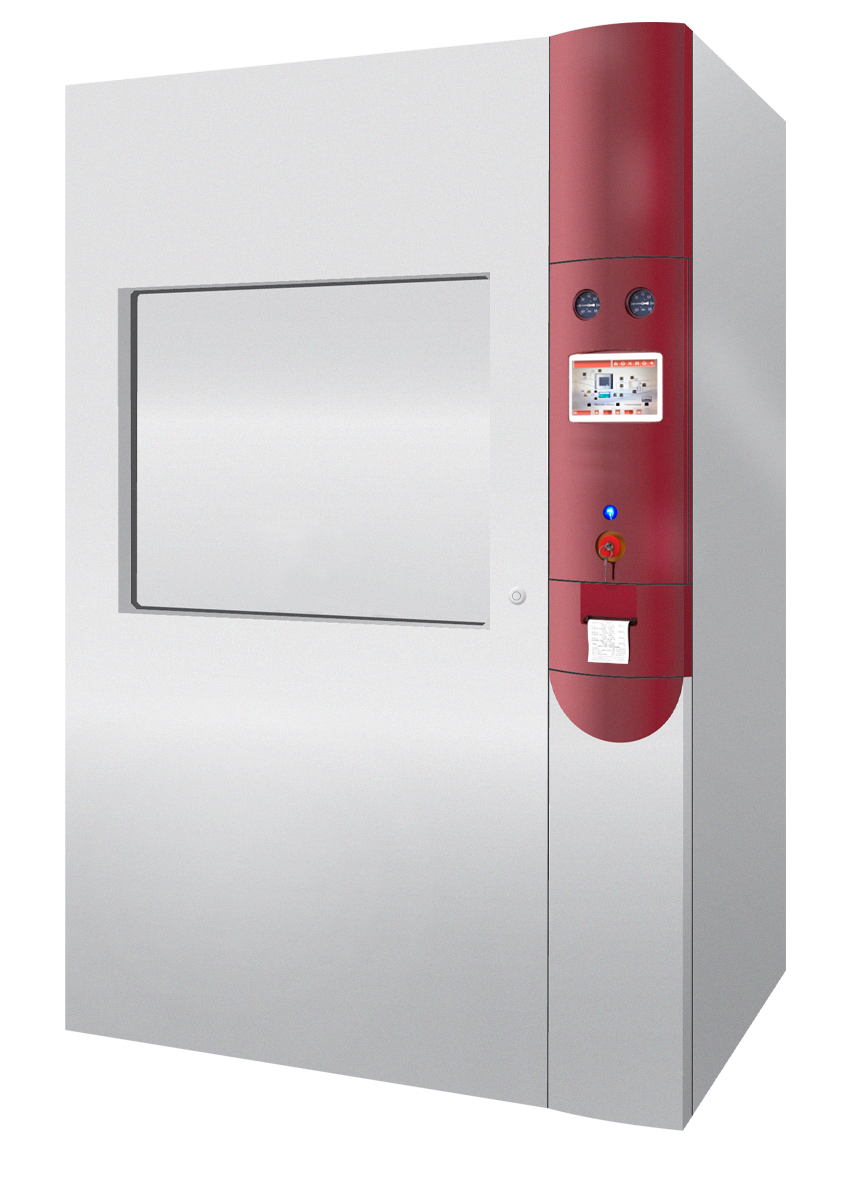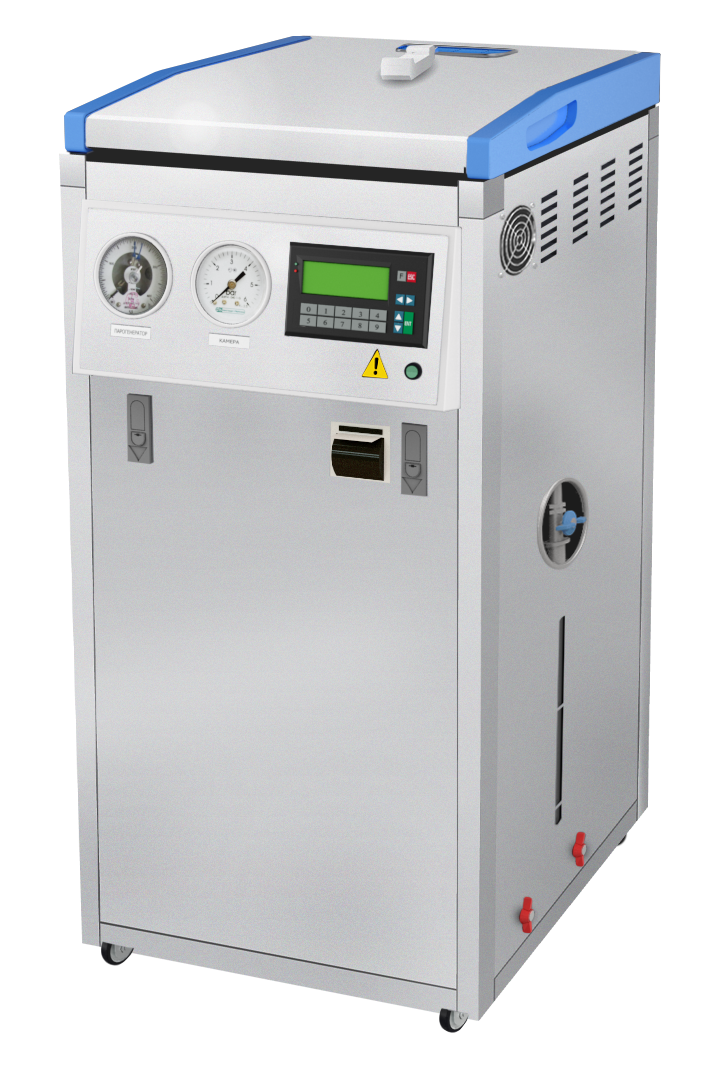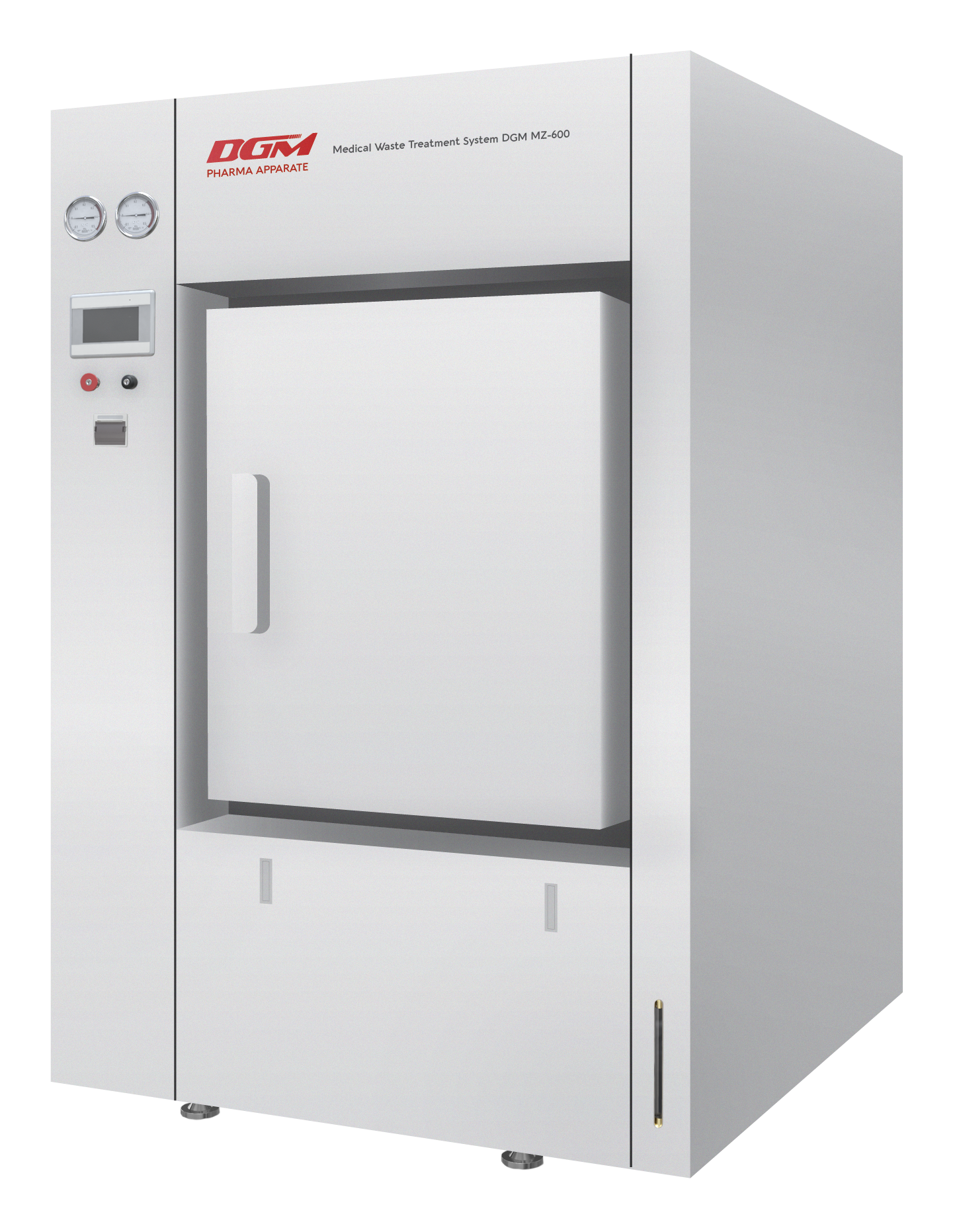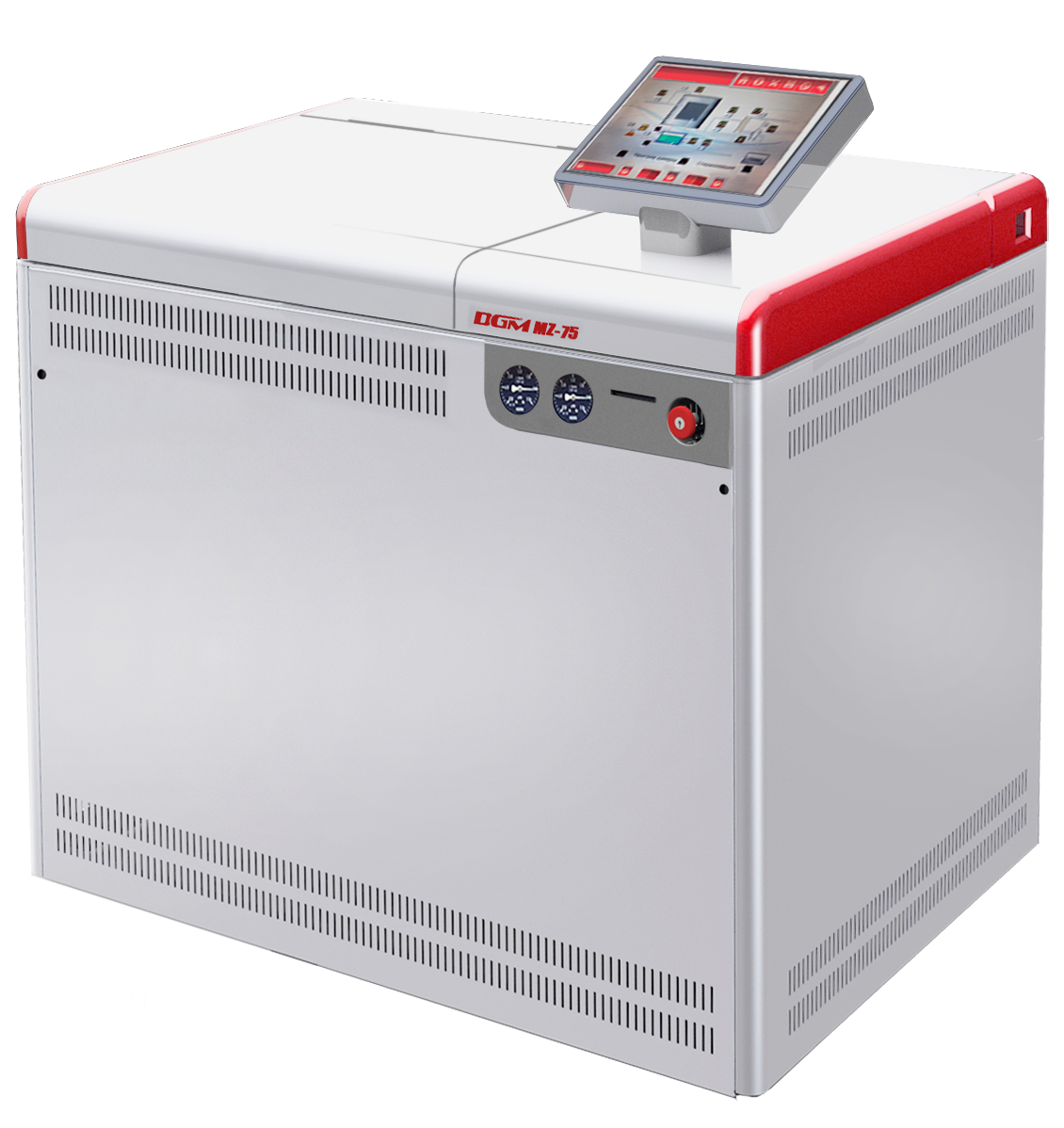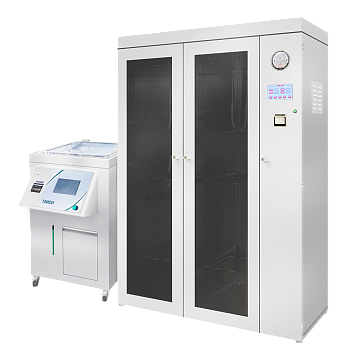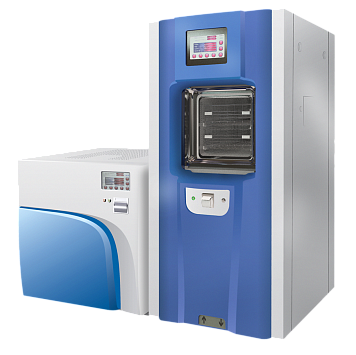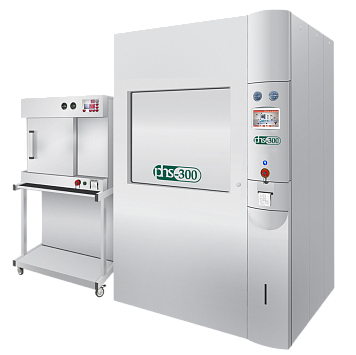According to WHO, about 15% of waste from health care activities is dangerous to humans and the environment.
The danger of medical waste became the subject of discussion in the second half of the 20th century. The problem arose in connection with the discovery of a number of infectious diseases posing a threat of epidemics to the humanity. Scientists from various countries pointed out that HIV, hepatitis B or C could be transmitted during medical procedures, which meant that it was time to take control of the situation.
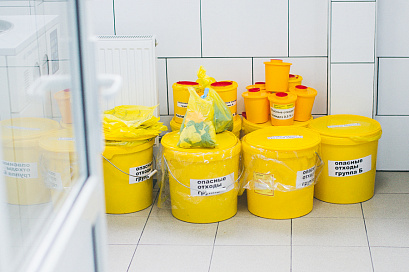
The issue of medical waste classification, its proper collection and storage was raised by the World Health Organization in 1979. It was then that an independent expert council classified it as hazardous and pointed to the need for special methods of its handling and disposal.
In 1989, the Basel conference adopted an international document ‘Convention on the Control of Transboundary Movements of Hazardous Wastes and Their Disposal’, which took effect in 1992. The first Russian document presenting a table of medical waste classified into hazard classes was SanPin 2.1.7.728-99 ‘Rules for the Collection, Storage and Disposal of Waste from Medical and Preventive Institutions’. Currently, the relevant document is the updated SanPin 2.1.7.2790-10 ‘Sanitary and Epidemiological Requirements for the Management of Medical Waste’ which was developed in 2010.
What is medical waste?
Medical waste is any waste that is generated as a by-product of activities of medical institutions and healthcare facilities. It includes the remains of human or animal tissues, biological fluids, medical care items, pharmaceuticals, bandages. Medical waste poses a huge danger, as it may contain pathogenic microorganisms, particles of toxic or radioactive substances, and in the event of its uncontrolled transfer from hospitals, it becomes a source of a potential epidemic.
Hazard classes
Medical waste is classified into hazard classes.
-
Class A. Epidemiologically safe, non-toxic waste, which in its composition is similar to solid household waste, has not come in contact with body fluids or infectious patients (phthisiological).
-
Class B. Potentially infectious waste that may lead to epidemics. Class B hazardous medical waste includes: materials and tools contaminated with biological fluids, such as blood; anatomicopathological waste; organic postoperative waste (organs or tissues); food (from infectious wards); waste from laboratories (microbiological or clinical diagnostic laboratories), from pharmaceutical industries that deal with microorganisms of pathogenicity groups 3–4; from vivariums; unusable live vaccines.
-
Class C. Extremely epidemiologically hazardous waste that has been in contact with infectious diseases and may provoke the spread of an infection.
It includes waste from:
- laboratories and pharmaceutical industries that deal with microorganisms of pathogenicity groups 1–2;
- phthisiological hospitals;
- microbiological laboratories working with the tuberculosis agent.
- Class D.
Toxicologically hazardous waste similar in composition to industrial waste. It includes:
- expired medicinal products and antiseptics;
- cytostatics and chemotherapeutic products;
- mercury-containing items, devices and equipment;
waste from pharmaceutical industries;
- waste from the operation of equipment, lighting systems, etc.
- Class E. Radioactive waste. It includes any materials, items or particles in which the content of radionuclides exceeds the permissible radiation safety norms.
What is a medical waste management site?
For the collection, accumulation, hardware disinfection and disposal of medical waste of groups B and C, a medical institution in Russia is obliged to equip a special area in a separate building or territory. There are also many requirements for premises, for example:
-
the availability of equipment for medical waste disinfection;
-
a conditional division into “clean” and “contaminated" zones;
-
the availability of sewerage, water supply, electricity, heating and autonomous ventilation;
-
refrigeration equipment for class B medical waste that must be stored for over 24 hours;
-
the surface of walls, floors, ceilings and furniture must be resistant to washing and disinfection;
-
there must be a good ventilation system, excluding the overflow of air masses from the “contaminated” zones to “clean” zones;
-
the availability of a watering tap and pallets in the production facilities, as well as a sink for washing hands at the places of disinfection;
-
the indoor air temperature must be +18 to +25 °С, the relative humidity must be no higher than 75%, etc.
For more detailed information about the equipment, you can contact us using any of the methods specified in the "Contacts"



